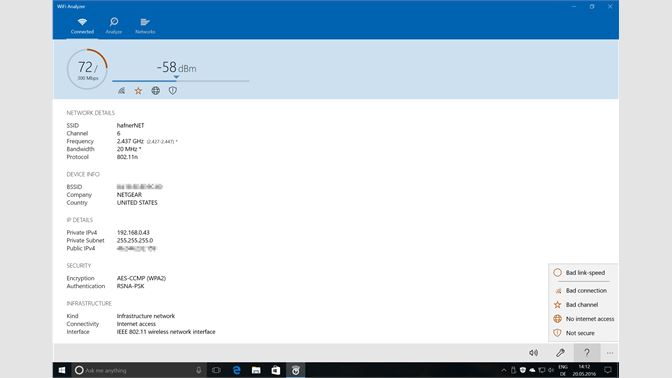
Co-Channel Interference – This type of Interference happens when all other Wi-Fi devices are using the same channel for example, you and all your neighbors are on channel 6.There are three types of signal interference. The chances of you facing Wi-Fi channelinterference go up if the router is an older model and only supports the 2.4GHz frequency band. What is signal Interference?Īll Wi-Fis are affected by radio-frequency Interference. However, as mentioned running both allow you the best of both of the worlds. That means 5.0 GHz is not too great in terms of penetrating walls, so if you have a multi-layered house, you might get better coverage in remote areas in your home if you are on 2.4GHz, but it may be slower than the 5.0 GHz. 5.0 GHz is faster, but 2.4 GHz goes further. So you can simultaneously run 2.4 GHz and 5 GHz channels.

So you must have heard of “dual-band” routers what does this mean? If you have bought your router in the last couple of years, you most probably have both frequency bands configured.

Just because there are more available non-overlapping bands in 5 GHz doesn’t make it automatically better. There are pros and cons to both the frequency bands. In contrast, 5 GHz has much more space and has 23 non-overlapping 20 MHz channels. So out of 14 channels, there are only three 1,6 and 11, which are non-overlapping channels.

What does this lead to? It leads to overlaps of the band, which leads to Interference if your router happens to be in these overlapped bands. So you can imagine how the 14 channels are cramped on this frequency band. Each channel is 20Hz wide, and 2.4 GHz is only 100 Hz wide by itself. The Frequency Channel 2.4 GHz, for example, has 14 channels. Each frequency band has multiple channels.


 0 kommentar(er)
0 kommentar(er)
